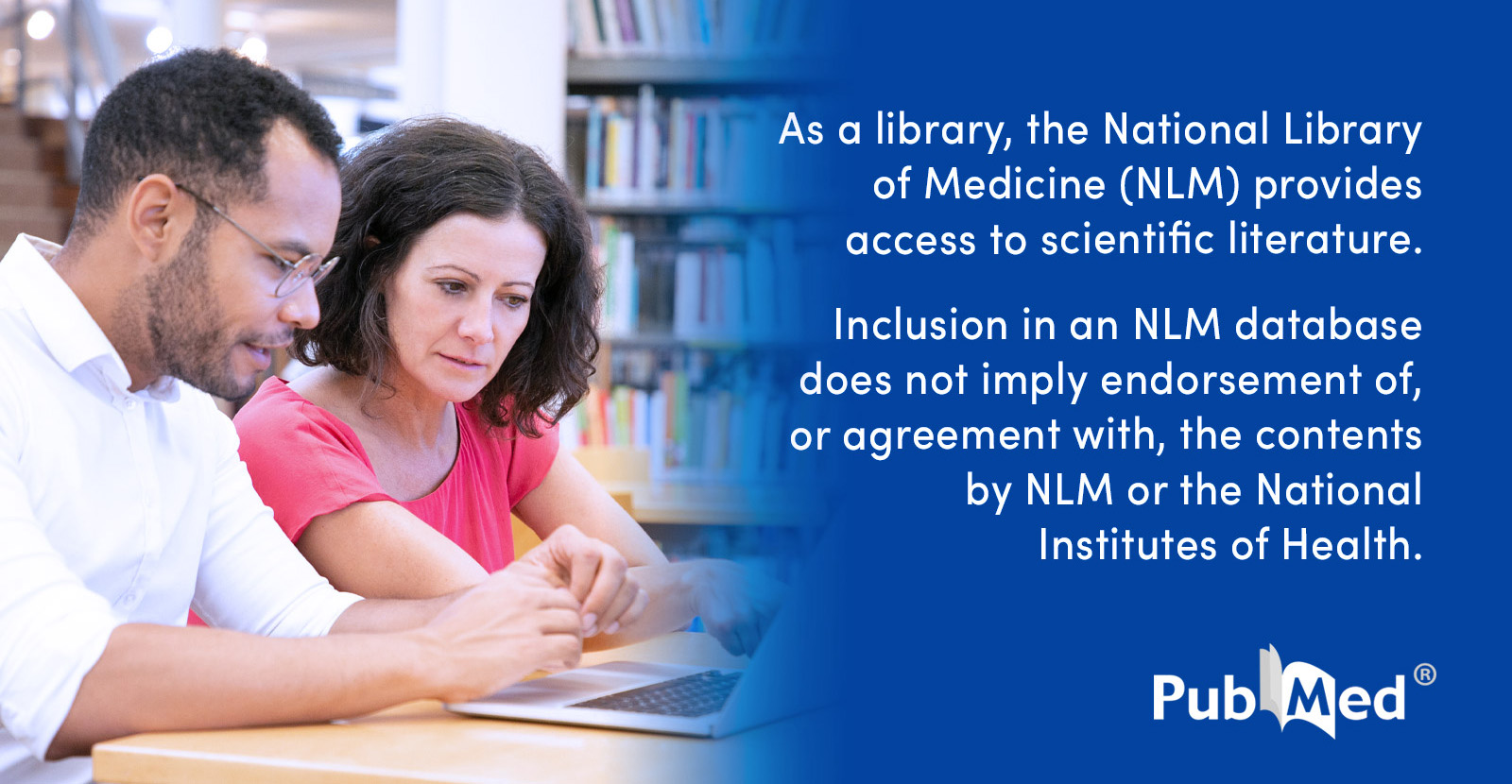The body makes most of its own neurotransmitters if as long as they aren't simply an essential amino or essential fatty acids; I'm nearly certain all are unless I'm missing an exception. There's no neurotransmitter we need to consume from our diet (excluding essential amino and fatty acids and vitamins).
They all come from amino acids, fatty acids, cholesterol, vitamins, minerals and sometimes carbs, but they're mostly for energizing nicotinamide and charging up adenosine to ATP. Carbs are powering the whole cycle actually, but not used directly in synthesis usually, sometimes to metabolize a molecule to increase solubility via glycogenolysis (or something like that) therefore increasing excretion rate, but they're not very good for functional groups.
The primary ligand for the GHB receptor is GHB, possibly a more selective contender without the GABA-B agonism, I forget the name, but that doesn't mean much. It's whichever endogenous transmitter causes the most activity at the site while sober basically.
GHB is made from succinate acid which is produced in the citric acid cycle. GHB then produces GABA and glycine, GABA produces glutamate etc. They all originated (or the vast majority) from an amino acid that crosses the BBB like lysine and other chained non-polar amino acids.
Edit: I mistakenly forgot to mention that reactions in this combination of cycles can go in reverse. Like usually glutamine crosses the BBB the make glutamate, which is the primary GABA precursor. GABA can turn into glutamate or glutamic acid in some situations too. But GHB is synthesized from succinic acid which then the GHB acts as a precursor to GABA.

